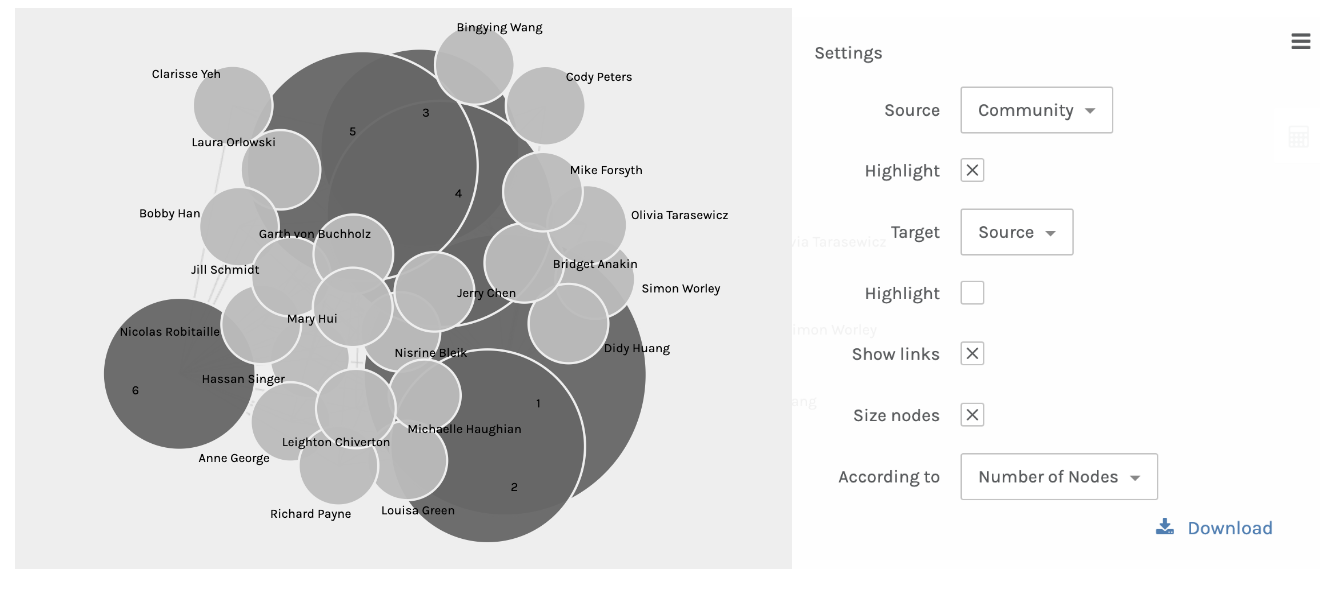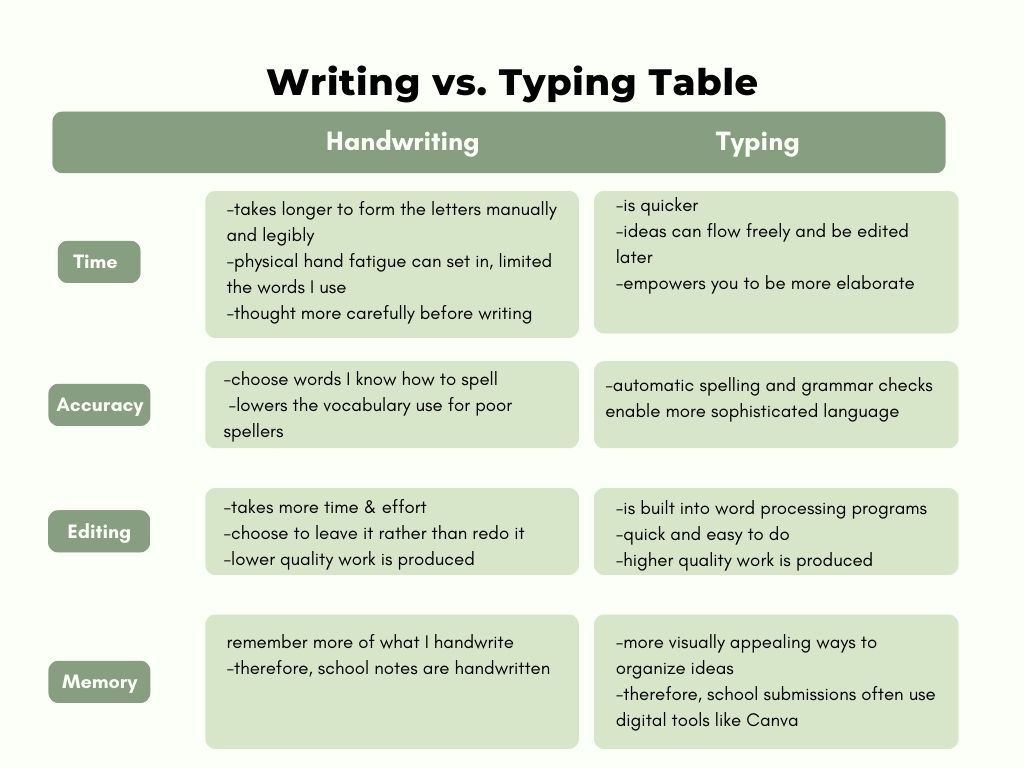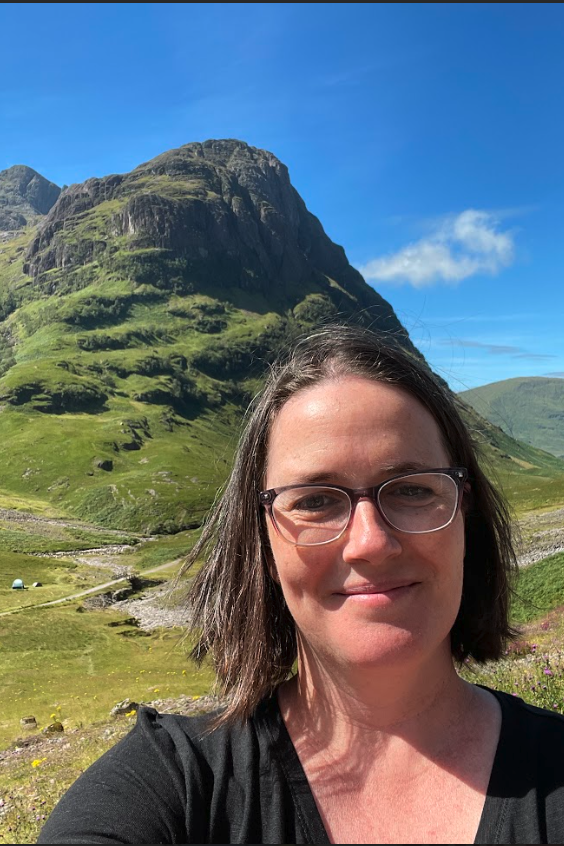Link 1- Task 1- What’s in the bag. Bobby Han
Hi Bobby,
I love the connection you made between communication and text, with your car. I too use long car rides to listen to audio-text. Usually, it’s in the form of Audiobooks. Interestingly, I then also begin to associate the places I have driven past with the text I have been listening to. I live in rural Alberta, so I may go past a farmhouse and remember a particular scene from a novel that I had been listening to while driving past that farmhouse in the future.
Another form of text and communication in a vehicle that you reminded me of is texting or phone calls. I work from home, so I am blessed to not have to commute every day. However, one of my friends has a commute of over an hour. Twice a week, she texts me from her vehicle (using Apple CarPlay) asking how my day was or telling me about her day. So, she is using that time in her vehicle to connect with people, through voice to text technology.
I really like how your site offers a reply box, wide open for visitors to be able to comment. It is much more user-friendly than mine. I did not consider this when picking my design, and I am disappointed because I think it is harder for people to find the link they are required to click on my site, that would enable them to leave a comment. UPDATE: As it turns out, I did a bunch of clicking around in the settings and managed to make a comment box show up at the bottom of the posts.
Link 2- Task 2- Does Language Shape the way we speak? Barbara Stewart-Edwards
Hi Barbara,
I couldn’t find anywhere on your site to make a comment. I’m not sure if this is possible on a Google Site. I do love the feature that you highlighted in regard to being able to click on your document to have it open in a separate window. I also really like how you embedded the video right on to the website making it really accessible to the user.
I enjoyed reading your task 2 assignment reflections on the video we watched. I think your perspectives are valuable as both and English as an Additional Language teacher and as a person who grew up speaking the Jamaican dialect. I think you’ve hit on something so important, and I’m thankful that you brought up the article by Khawaja, M. (2021) in your post regarding the connection First Nations communities in Canada and suicide rates. I teach High School Social Studies, and while I have mentioned many different consequences to what could be considered as genocide of the Indigenous people of Canada through Residential Schools, linking the loss of language and culture to suicides rates is an impact that I have not yet raised with my students but will be sure to do so now. Thank you!
It is clear that language is a lifeline for preserving their culture and keeping one’s identity strong. It’s not just about communication; it’s about safeguarding who you are. The connections between language, culture, and identity are so intertwined. It’s like we’re all wearing these special cultural lenses, and it affects how we understand everything around us.
Link 3- Task 3- Voice to Text. Cody Peters
Hi Cody,
I really appreciate how you mentioned, “there is the very real possibility that when listening to me speak, an audience may mishear me due to a lisp, me not enunciating properly, or simple miscommunication so I cannot fully fault the program for its spelling.”
I had not really considered that while I was analyzing my transcript, but it is so true. My husband is starting to experience some hearing loss, and I do find myself having to repeat my words and or enunciate more clearly, much more frequently! Often, what I have said, is not what was heard. I find this to be true sometime with students as well. Either they are not reading the instructions thoroughly or my instructions are not clear enough. I often find my editing the instructions on my assignments when questions arise, so that the next student doesn’t run into the same misunderstanding. I want to empower my students to feel confident about the tasks before them.
Link 4- Task 4- Potato Stamp Mike Forsyth
Hi Mike,
I love how you videoed the making of your potato print. I really wanted to try this one, but I don’t have any small sharp knives, like the one you have and determined it was going to be too dangerous of task! Your video tutorial reminds me that I aim to have video walkthrough tutorials for all of the major projects/assignments in my Social Studies course, by the end of this year. I find that many students prefer to listen to instructions than read instructions. I have noticed a significant increase in the quality of work being submitted by my students on the assignments that do have video walkthroughs. I do offer live Google Meets for before the major assignments, however, attendance is usually very low, like only 1-3 students, so I think they prefer the videos on their own time.
I also found your commentary helpful, especially the fact that you ended up going with block letters to improve the stability of stamps. This makes so much sense but is something that may not be thought about until you are in the act of attempting the task directly. Thanks so much for your thoughtful and detailed presentation! I also really like your interface, and how the comment box is right there waiting for interaction!
Link 5- Task 6: An Emoji Story Louisa Green
Hi Louisa,
I think the title of your book is: Lessons in Chemistry. I didn’t realize that this was a book until I talked to my sister about the major plot twist after episode two of the tv series!!! I was not expecting the loss. I thought you did a great job at picking the emojis and felt like it was fun to determine the parts of the plot that you were referring to because I am familiar with the storyline.
In your reflection, I appreciate the fact that you brought up feminism. This was a theme in the movie that I chose to use for my Emoji Story as well, but as you mention, it was difficult to portray through emojis. I like that you used numbers to represent the year, I wish I had done that too. As I feel that the date that a story takes place reveals a lot about the times the characters were dealing with in history.
That was very smart and savvy of you to include the text as a hidden pop-up feature on your website. I don’t know how you did that, but I’d love to learn how! It was really hard for me not to ‘explain myself’ or provide an ‘answer key’ for my viewers who may or may not be familiar with the story I was trying to tell.
I wonder if I get my students to try and use emojis to explain a historical event. It would be pretty fun for me to offer them a handful of events and have them explain in emojis and then try and guess others as we have done in this activity.
Link 6 – Task 7 Mode Bending Rich
Wow Rich,
This was so cool! I loved your interactive genially activity. I do not have much experience using genially, like I’ve never created one, just seen other MET students use them. The way you have used it really inspires me to try to use one and or get my students to use it. I think it could be a great activity for a student to share about a visual source for social studies. It would be especially helpful for those students who hate writing and communicate better verbally.
Also, I loved the playful theme of a ‘hypothetical future’ that you used. I am writing this at the end of week 9, having just completed my analysis of the Golden Record, and I think that your theme of the artifacts in your bag being discovered by future inhabitants of earth aligns well with the theme of the Golden Record. It was highly entertaining to me. Thank you!


 Well, this activity certainly wasn’t subtle, even though the article Dark Patterns: Deception vs. Honesty in UI design (2011) claims that subtlety is your friend when trying to deceive users! It took me a long time to get past that first page. Everything about that User Inyerface was frustrating, from having to erase the instructional words to enter your password to having to click on the terms & conditions and watch it scroll ever so slowly to get to the bottom. Of course, I attacked it with the mindset of just doing the opposite of what it is asking so when that tactic only worked some of the time, I determined there was no real rhyme or reason. My favourite page was verifying that I was human by clicking on all the bows.
Well, this activity certainly wasn’t subtle, even though the article Dark Patterns: Deception vs. Honesty in UI design (2011) claims that subtlety is your friend when trying to deceive users! It took me a long time to get past that first page. Everything about that User Inyerface was frustrating, from having to erase the instructional words to enter your password to having to click on the terms & conditions and watch it scroll ever so slowly to get to the bottom. Of course, I attacked it with the mindset of just doing the opposite of what it is asking so when that tactic only worked some of the time, I determined there was no real rhyme or reason. My favourite page was verifying that I was human by clicking on all the bows.







